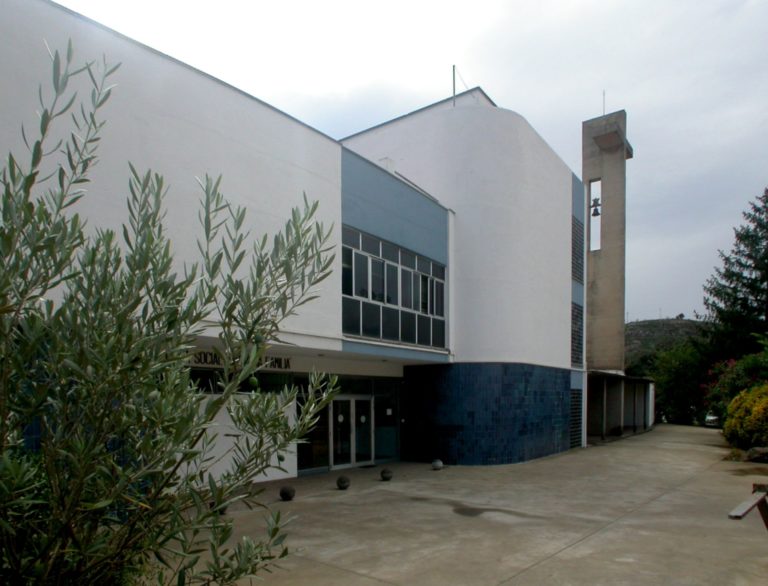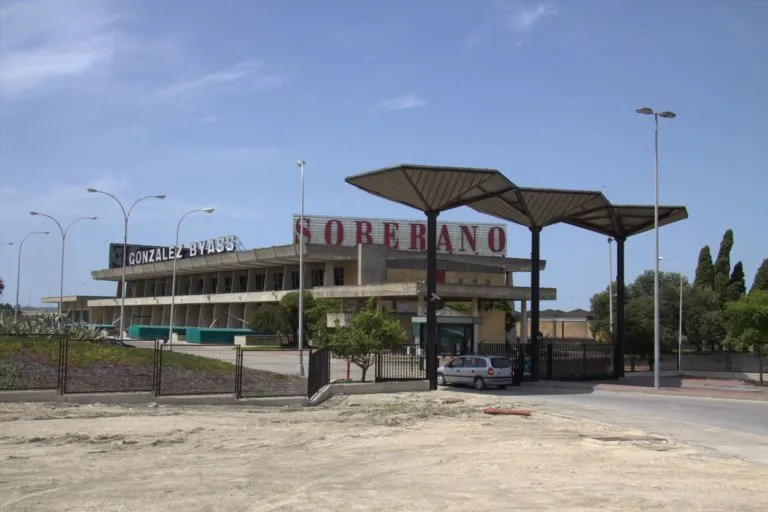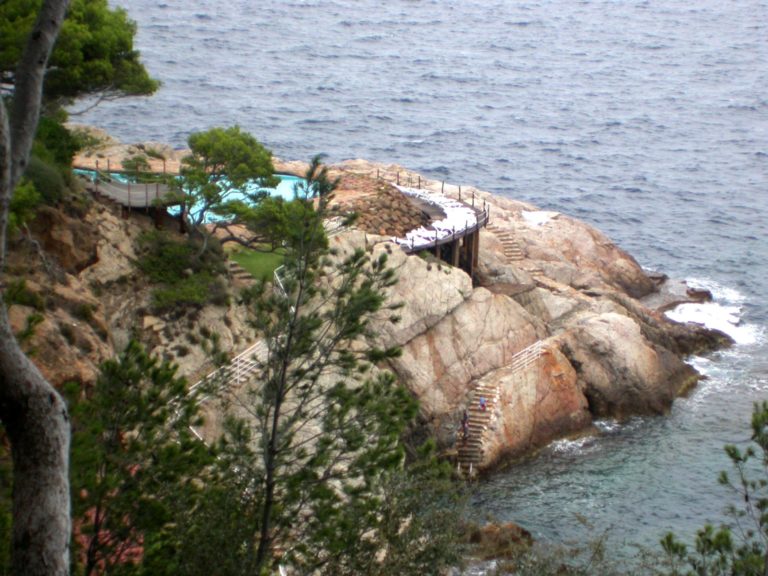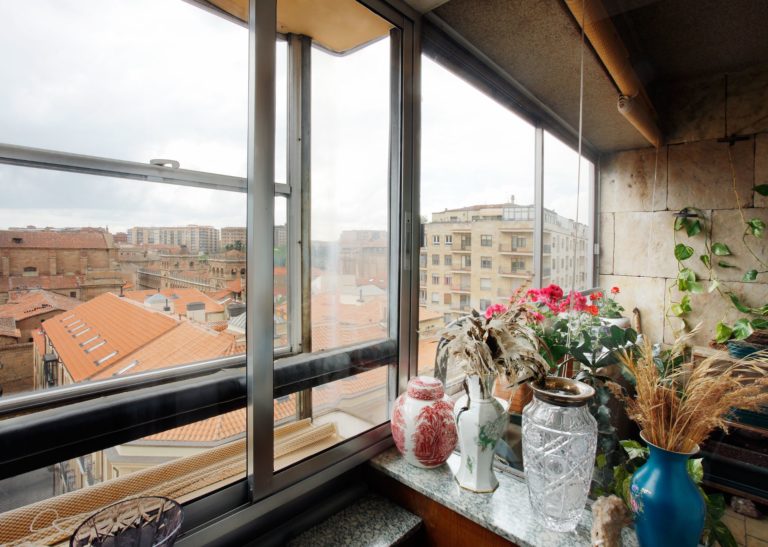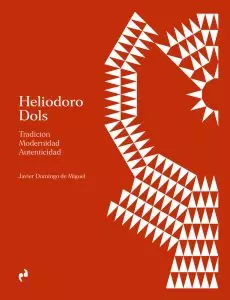Abstract
In this thesis we discover a model of city developed jointly by the architect Mies van der Rohe and the city planner Ludwig Hilberseimer, which we have called the Metropolis as a Garden City. This name comes from a sketch by Hilberseimer in 1927, where we can see how he wanted to incorporate the architectural prototype of the Weissenhof colony in his city planning schemes. The Metropolis as a Garden City is a model of an ecological, sustainable, and socially just city, which remained completely hidden because of the disciplinary division their own authors established. To reconstruct it, we have decided to establish a double look analyzing the architecture of Mies through the eyes of Hilberseimer, and the city planning of Hilberseimer through the eyes of Mies. In the first part, we analyze the historical and cultural context where the Metropolis as a Garden City is produced, that is to say, its SUPERSTRUCTURE. From the analysis of a text by Mies and another by Hilberseimer, we discover that the antecedents of the Metropolis as a Garden City are in the theory of the Linear City by Arturo Soria (1882), and in the theory of the Garden Cities by Ebenezer Howard (1898). In the second part, we analyze the city planning model of the Metropolis as a Garden City. We arrive to the conclusion that the great contribution of Hilberseimer is produced in the field of the INFRASTRUCTURES, and we create the hypothesis that the first city planning models by Hilberseimer are applications of the theory of the Linear City. The next step was to introduce the variable of the landscape through the architectural model of the Weissenhof. In the third part, we analyze the transformation of the urban space from the architecture, which Mies calls STRUCTURES. Mies propose to redefine the texture of the city from the concept of mixed height, that is to say, mixing the architecture of the city and the architecture of the suburb. We create the hypothesis that this mixture is an application of the theory of the Garden Cities. The first example is the Weissenhof colony. If we bear in mind the refusal which the city planning of Le Corbusier suffered after the Second World War; the necessity to “deconstruct” the political and philosophical systems in the 60s and 70s; and the serious social and environmental pathologies we suffer now, maybe we would appraise the possibility to put the Metropolis as a Garden City in practice, and to convert it in a framework to our own generation and to the future generations.
Access the thesis
